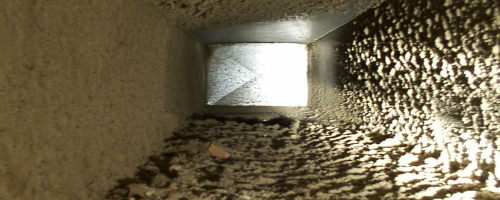
The heating and air conditioning system is an important consideration to keep in mind when building a new house. Installing the ductwork for your heating and air is more difficult and costly if done after construction is complete. This makes installing ducts in a new house somewhat easier than doing the same job in existing construction. The process of installing heat and air ducts is a straightforward process that only requires the installer to follow a few standard instructions.
Things You'll Need:
- Building Plans
- Heating and Air Conditioning System
- Air Ducts
Step 1:
Keep the home's heat gain in mind. Look over your building plan and consider the number of bedrooms and the total size of the house. You can refer to the house's total heat gain computation, which is dependent on the material it is built with, whether it has insulation, and the overall size of the home. As a general rule, the bigger the house, the bigger the heat gain, the larger capacity of the required air conditioning system.
Step 2:
Consider the placement of your air conditioning and heating systems, particularly if they will be sharing the duct work. Your heater and fan will most likely be at the basement, while your air conditioning condenser will usually be outside.
Step 3:
Consider the size of the air ducts you will be installing. Because the air conditioning fan needs to maintain constant pressure across all areas of the duct work, you should consider the correct size and proportion of the air ducts. As you go higher through the house, and as the air ducts actually drive air into a room, the size of the ducts must be decreasing, so that the air being pumped is in constant pressure.
Tips:
For best results, consult with an HVAC contractor on the proper design and materials you will need for your heating and air conditioning system.
You will need to plan and build return air ducts. These are air ducts that have air flowing in reverse of the original air ducts. These are necessary to maintain the correct flow of air into each room, and likewise outside from each room and back into the air conditioning system. Reverse air ducts are usually situated directly opposite the in-flowing ducts.
References:
- Ask the Builder: Air Conditioning
- Ask the Builder: HVAC Return Air Duct
- This Old House: Adding Central Air
No comments:
Post a Comment